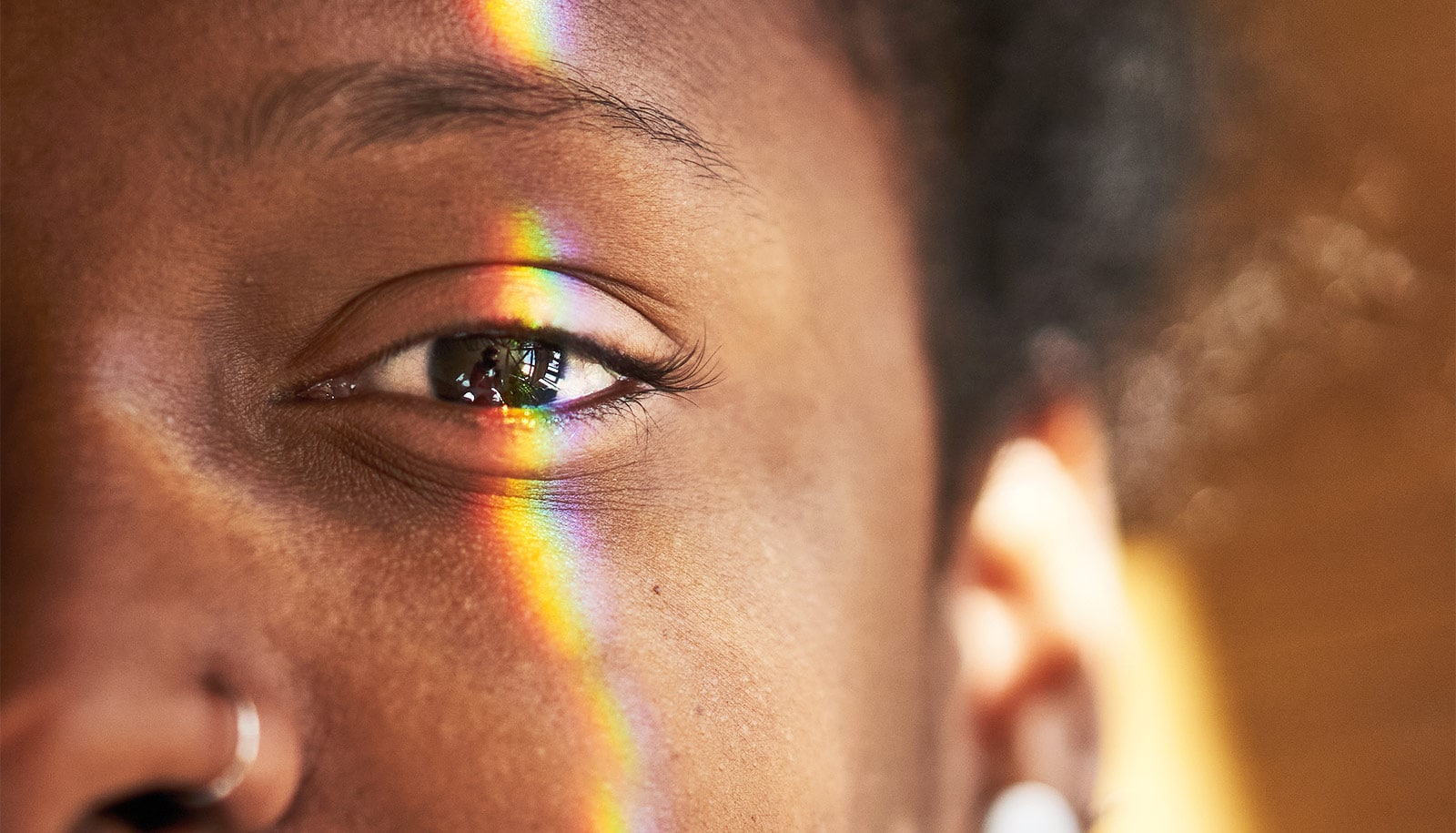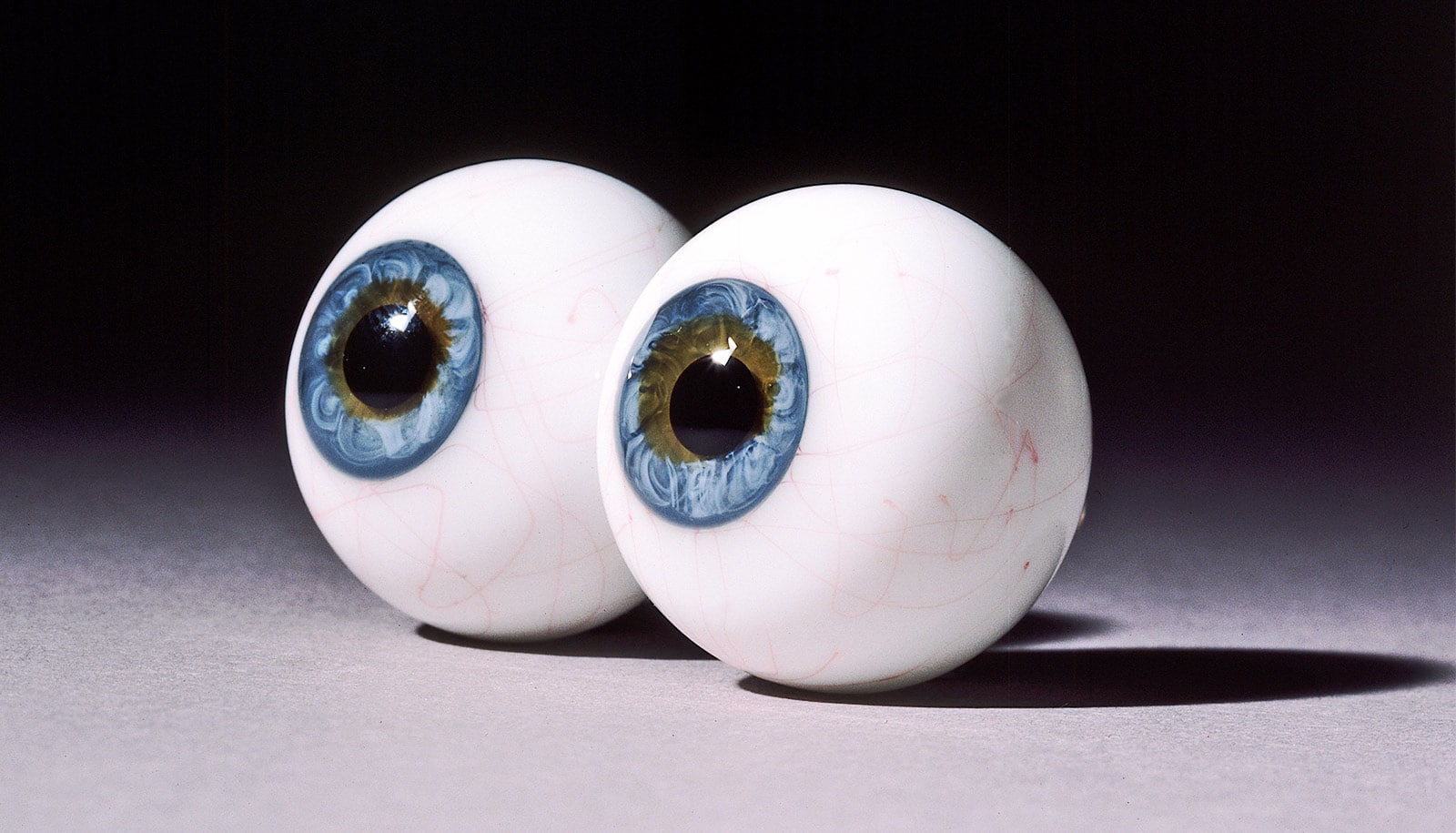By using a new technique called “Oz,” scientists have found a way to manipulate the human eye into seeing a brand-new color—a blue-green color of unparalleled saturation that the research team has named “olo.”
“It was like a profoundly saturated teal… the most saturated natural color was just pale by comparison,” says Austin Roorda, a professor of optometry and vision science at UC Berkeley’s Herbert Wertheim School of Optometry & Vision Science, and one of the creators of Oz.
Oz works by using tiny doses of laser light to individually control up to 1,000 photoreceptors in the eye at one time. Using Oz, the team is able to show people not only a green more stunning than anything in nature, but also other colors, lines, moving dots, and images of babies and fish.
The platform could also be used to answer basic questions about human sight and vision loss.
“We chose Oz to be the name because it was like we were going on a journey to the land of Oz to see this brilliant color that we’d never seen before,” says James Carl Fong, a doctoral student in electrical engineering and computer sciences (EECS) at the University of California, Berkeley.
“We’ve created a system that can track, target, and stimulate photoreceptor cells with such high precision that we can now answer very basic, but also very thought-provoking, questions about the nature of human color vision,” Fong says.
“It gives us a way to study the human retina at a new scale that has never been possible in practice.”
The Oz technique is described in a new study in the journal Science Advances.
A photoreceptor problem
Humans are able to see in color thanks to three different types of photoreceptor “cone” cells embedded in the retina. Each type of cone is sensitive to different wavelengths of light: S cones detect shorter, bluer wavelengths; M cones detect medium, greenish wavelengths; and L cones detect longer, reddish wavelengths.
However, due to an evolutionary quirk, the light wavelengths that activate the M and L cones are almost entirely overlapping. This means that 85% of the light that activates M cones also activates L cones.
“There’s no wavelength in the world that can stimulate only the M cone,” says study senior author Ren Ng, a professor of EECS at UC Berkeley, “I began wondering what it would look like if you could just stimulate all the M cone cells. Would it be like the greenest green you’ve ever seen?”
To find out, Ng teamed up with Roorda, who had created a technology that used tiny microdoses of laser light to target and activate individual photoreceptors. Roorda calls the technology “a microscope for looking at the retina,” and it is already being used by ophthalmologists to study eye disease.
But for a human to actually perceive a whole new color, Ng and Roorda would need to find a way to activate not just one cone cell, but thousands of them.
Seeing impossible colors
Fong first started working on the Oz project in 2018 as an undergraduate engineering student, and has created much of the complex software needed to translate images and colors into thousands of tiny laser pulses directed at the human retina.
“I joined after meeting this other student who was working with Ren, who told me that they were shooting lasers into people’s eyes to make them see impossible colors,” Fong says.
For Oz to work, first you need a map of the unique arrangement of the S, M and L cone cells on an individual’s retina. To get these maps, the researchers collaborated with Ramkumar Sabesan and Vimal Prahbhu Pandiyan at the University of Washington, who have developed an optical system that can image the human retina and identify each cone cell.
With an individual’s cone map in hand, the Oz system can be programmed to rapidly scan a laser beam over a small patch of the retina, delivering tiny pulses of energy when the beam reaches a cone that it wants to activate, and otherwise staying off.
The laser beam is just one color—the same hue as a green laser pointer—but by activating a combination of S, M, and L cone cells, it can trick the eye into seeing images in full technicolor. Or, by primarily activating the M cone cells, Oz can show people the color olo.
“If you look at your index fingernail at arm’s length, that’s about the size of the display,” says Roorda. “But if we could, we would have filled the entire visual space like an IMAX.”
A ‘wow’ moment
Hannah Doyle, a doctoral student in EECS and co-lead author of the paper, designed and ran the human experiments with Oz. Five human subjects got the chance to see the color olo, including Roorda and Ng, who were aware of the purpose of the study, but not the specifics of what they would see.
In one experiment, Doyle asked the participants to compare olo to other colors. They described it as blue-green or peacock green, and reported that it was much more saturated than the nearest monochromatic color.
“The most saturated colors you can experience in nature are the monochromatic ones. Light from a green laser pointer is one example,” Roorda says. “When I pinned olo up against other monochromatic light, I really had that ‘wow’ experience.”
Doyle also tried “jittering” the Oz laser, directing it ever-so-slightly off target so the light pulses hit random cones rather than only M cones. The participants immediately stopped seeing olo and started seeing the regular green of the laser.
“I wasn’t a subject for this paper, but I’ve seen olo since, and it’s very striking. You know you’re looking at something very blue-green,” Doyle says. “When the laser gets jittered, the normal color of the laser almost looks like yellow because the difference is so stark.”
Looking ahead
Oz isn’t just useful for projecting tiny movies into the eye. The research team is already finding ways to use the technique to study eye disease and vision loss.
“Many diseases that cause visual impairment involve lost cone cells,” Doyle says. “One application that I’m exploring now is to use this cone by cone activation to simulate cone loss in healthy subjects.”
They are also exploring whether Oz could help people with color blindness to see all the colors of the rainbow, or if the technique could be used to allow humans to see in tetrachromatic color, as if they had four sets of cone cells.
It may also help answer more fundamental questions about how the brain makes sense of the complex world around us.
“We found that we can recreate a normal visual experience just by manipulating the cells—not by casting an image, but just by stimulating the photoreceptors. And we found that we can also expand that visual experience, which we did with olo,” Roorda says.
“It’s still a mystery whether, if you expand the signals or generate new sensory inputs, will the brain be able to make sense of them and appreciate them? And, you know, I like to believe that it can. I think that the human brain is this really remarkable organ that does a great job of making sense of inputs, existing or even new.”
Support for this work came via a Hellman Fellowship, FHL Vive Center Seed Grant, Air Force Office of Scientific Research grants, National Institutes of Health grant, and a Burroughs Wellcome Fund Career Award at the Scientific Interface.
Source: UC Berkeley



